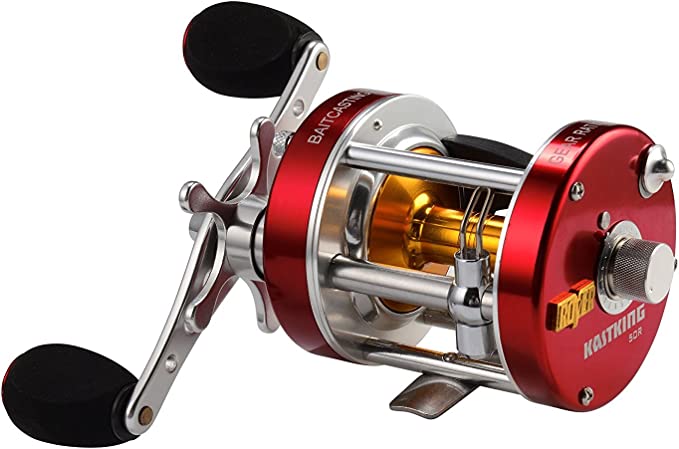Mountain Hardwear Phantom 0F: Conquer Winter Camping with Ultralight Warmth
Update on Sept. 5, 2025, 4:53 p.m.
The universe has a fundamental bias towards chaos. Physicists call it the second law of thermodynamics, a relentless, inescapable principle stating that entropy—a measure of disorder—in an isolated system always increases. Heat flows from hot to cold, not the other way around. Order decays into randomness. A carefully built sandcastle is washed away by the tide; a hot cup of coffee inevitably cools to room temperature.
Your body is a defiant, walking anomaly in this cosmic drift towards equilibrium. It’s a highly ordered, complex system, a furnace burning calories to maintain a precise internal temperature of around 98.6°F (37°C). When you step into the biting cold of a winter night, you become a stark thermal contrast to your surroundings. You are a pocket of warmth and order in a world striving for cold and chaos. And the universe, following its own laws, will immediately begin to rob you of that heat.
This is not a metaphor; it’s a constant, physical battle. To survive, you must create a fortress, a personal bastion against the encroaching cold. This is the true purpose of your most critical piece of gear. Let’s deconstruct one such fortress, the Mountain Hardwear Phantom 0F sleeping bag, not as a product review, but as a masterclass in applied physics, a case study in how human ingenuity wages a clever, calculated war against the most fundamental laws of nature.

The Engine Room: Taming Chaos with Captured Air
The primary weapon against heat loss is not, as one might think, a powerful heater, but a deceptive void. The most effective insulator readily available on Earth is trapped, motionless air. Air molecules are spaced relatively far apart and are poor conductors of heat. The challenge, however, is that air likes to move. When heated, it becomes less dense and rises, transferring heat via convection. The entire science of insulation, therefore, is the science of stopping air from moving.
This is where the engine of the Phantom bag—its 850-fill power goose down—comes into play. The number “850” isn’t a marketing gimmick; it’s a precise unit of spatial efficiency. It means one ounce of this particular down, under controlled conditions, can expand to fill 850 cubic inches of volume. It does this thanks to its microscopic, fractal-like structure. Each down plume is a chaotic, three-dimensional marvel, a central quill from which thousands of soft, wispy barbules extend, which in turn have their own smaller filaments. This intricate architecture is nature’s perfect net, designed to tangle with itself and trap billions of tiny pockets of air, effectively creating a matrix of stillness.
When your body heat warms the air inside the bag, this down matrix prevents that air from circulating in convective currents. It creates a thick, stable buffer of poor thermal conductivity between your skin and the outside cold. You aren’t being warmed by the down; you are being warmed by your own body heat, which the down has successfully prevented from escaping. It’s a quiet, elegant engine room powered by the very energy it seeks to preserve.

The Armor: Weaving Strength and Repelling Invasion
An engine, no matter how efficient, is useless without a protective shell. The fortress’s outer wall must be impossibly light yet resilient, and it must defend against insulation’s mortal enemy: water.
The shell of the Phantom is a 10D recycled nylon ripstop fabric. The “10D” refers to its denier, a measure of a fiber’s thickness. A single 10-denier strand is incredibly fine, finer than a human hair, which is key to keeping the overall weightAstonishingly low. But how can something so fine be strong? The answer lies in both chemistry and geometry. Nylon itself is a modern miracle of polymer science, a long chain of molecules engineered for impressive tensile strength. The “ripstop” weave embeds a thicker, stronger thread in a grid pattern throughout this ultralight fabric. It acts as a structural reinforcement, so if a puncture does occur, the tear is contained within a tiny square, preventing a catastrophic failure. It’s the same principle used in sails and parachutes, a brilliant way to add durability with minimal weight penalty.
But the most subtle element of this armor is its chemical defense: a Durable Water Repellent (DWR) finish. Water is the ultimate saboteur of down insulation. Its molecules are highly conductive and, when they saturate the down plumes, they displace the trapped air and cause the delicate structures to collapse into a clumpy, useless mass. Worse, as your body heat causes this moisture to evaporate, it triggers a phenomenon called latent heat of vaporization—the same principle that makes sweating cool you down. Each gram of evaporating water actively steals a massive amount of heat from your body.
DWR is a form of molecular engineering. It coats the fabric’s fibers with a hydrophobic polymer, creating a surface with extremely high surface tension. When a water droplet lands on it, it cannot spread out and soak in. Instead, it is forced to bead up and roll off. This chemical shield is the sentry at the gate, repelling attacks from tent condensation or falling snow, ensuring the engine room within stays dry and functional.

The Blueprint: An Architecture for Human Survival
Finally, the fortress must be designed for its inhabitant. An inefficient shape will waste energy, no matter how advanced its materials. The “performance mummy” shape of the bag is a direct application of thermodynamic efficiency. By contouring closely to the human form, it minimizes the volume of dead air inside the bag. The less air your body has to heat, the faster you warm up and the less energy you waste maintaining that warmth throughout the night. It is the engineered equivalent of the instinct to curl into a ball when you’re cold.
This ergonomic design is most evident in the details. Consider the “contoured footbox.” When you feel cold, your body initiates a physiological response called vasoconstriction, reducing blood flow to your extremities—your hands and feet—to keep your vital organs warm. This is why your feet often get cold first. In a poorly designed bag, your feet can press against the end, compressing the down, eliminating its air-trapping loft, and creating a “cold spot” where heat is conducted directly away. The Phantom’s sculpted footbox provides an anatomically shaped space that allows your feet to rest naturally, ensuring the down remains fully lofted and can do its job of protecting your vulnerable extremities.
Similarly, the “draft collar” addresses another fundamental physical reality: hot air rises. Without a seal, the warm air inside your bag would constantly escape around your neck and shoulders in a “chimney effect” of convective heat loss. The draft collar is a simple, insulated tube that snuggles around your neck, creating a gasket that traps the warm air where it belongs—around your core.

A Temporary Victory Against Entropy
Every feature, from the molecular coating on the shell fabric to the macroscopic geometry of its shape, is a calculated decision in a single, unified campaign. It is a campaign to create a small, temporary pocket of warmth and order in a universe that relentlessly pushes for cold and chaos.
A sleeping bag like this is far more than an object you buy. It is the physical manifestation of a century of scientific understanding—of thermodynamics, polymer chemistry, material science, and human physiology. It is a testament to the idea that by understanding the fundamental laws of nature, we can learn to build elegant, intelligent systems that allow us, fragile as we are, to not only survive but thrive in their midst. It is, for a few short hours of a cold, dark night, a small but profound victory against entropy itself.







































